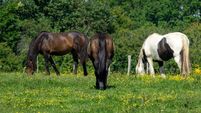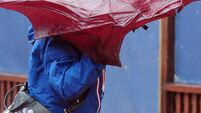It’s better to calve replacement heifers later rather than smaller
These animals will be the future of the enterprise.
Good heifer rearing provides a sound basis for a profitable business, but failing to rear them appropriately may lead to economic losses. These losses occur either during the rearing period or after the animals join the herd, through mortality, increased disease, forced culls and reduced productivity.










